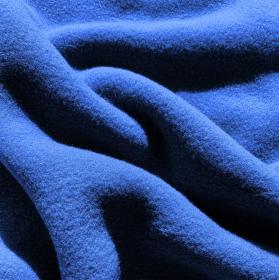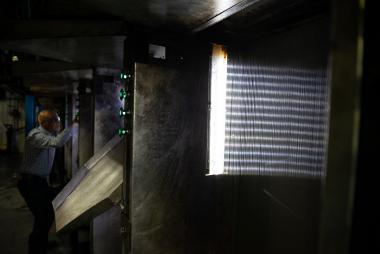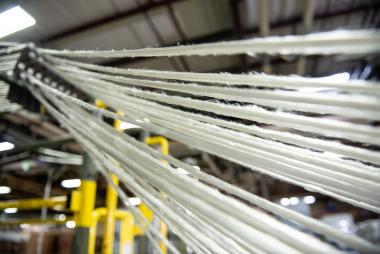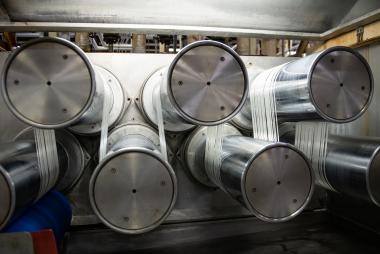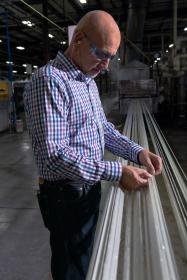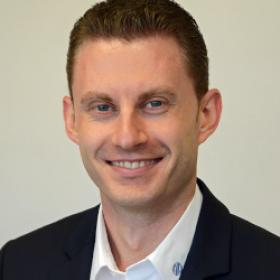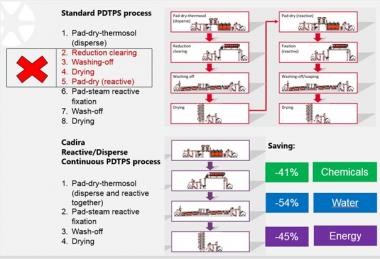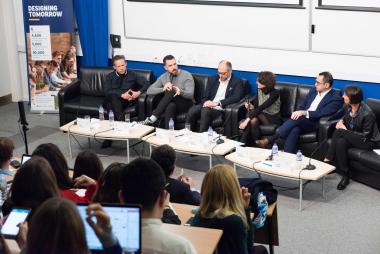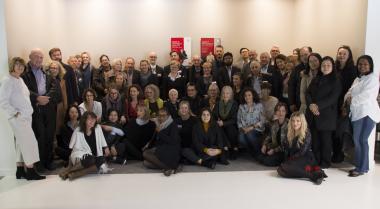Hoftex Group plant umfangreiche Investitionen am Standort Hof
- Geschäftsbereich Tenowo errichtet in Hof hochmoderne Produktionsanlage für technische Textilien
Die zur Hoftex Group AG gehörende Tenowo GmbH, Entwickler und Hersteller innovativer Vliesstofflösungen, wird in den nächsten drei Jahren am Standort Hof umfangreiche Investitionen tätigen. Herzstück des Investitionsprogramms ist mit rund 8 Mio. Euro eine hochmoderne und leistungsfähige Produktionsanlage zur Herstellung binderverfestigter Vliesstoffe, eine der Schlüsseltechnologien der Tenowo Gruppe.
Auf der neuen hocheffizienten und mit neuester Anlagentechnik ausgestatteten Produktionslinie wird Tenowo Vliesstoffe herstellen, die höchsten qualitativen Ansprüchen gerecht werden, und so das Produktangebot für Abnehmer aus angestammten sowie neuen Märkten weiterentwickeln und ausbauen. Zudem wird durch den Einsatz neuer ressourceneffizienter Technologien der Energie-, Rohstoff- und Materialverbrauch in der Fertigung nachhaltig reduziert.
Zum Investitionsprogramm gehören auch umfangreiche Verbesserungsmaßnahmen in der Gebäudeinfrastruktur und -technik am Standort in der Fabrikzeile in Hof. Neben den erwarteten Energieeinsparungen soll vor allem das Arbeitsumfeld für die Mitarbeiterinnen und Mitarbeiter in den verschiedenen Produktionsbereichen weiter verbessert werden.
Die Tenowo GmbH ist ein Unternehmen der Hoftex Group und entwickelt und produziert Vliesstoffe für verschiedenste Märkte, insbesondere für die Automobil-, Bau und Kabelindustrie sowie für die Bekleidungs-, Lebensmittel- und Medical-Industrie.
An ihren Produktionsstandorten in Hof, Reichenbach, Mittweida, Lincolnton (USA), Huzhou (China) und Mailand (Italien) setzt Tenowo verschiedene Technologien der Vliesstoffherstellung und -veredlung ein. Tenowo-Produkte werden in der Automobilindustrie von allen führenden PKW-Herstellern verarbeitet, z.B. für Motorraumauskleidungen und Autohimmel.
Weltweit beschäftigt die Tenowo Gruppe rund 800 Mitarbeiterinnen und Mitarbeiter, mehr als 300 davon am Stammsitz in Hof.
Charles Barker Corporate Communications GmbH








